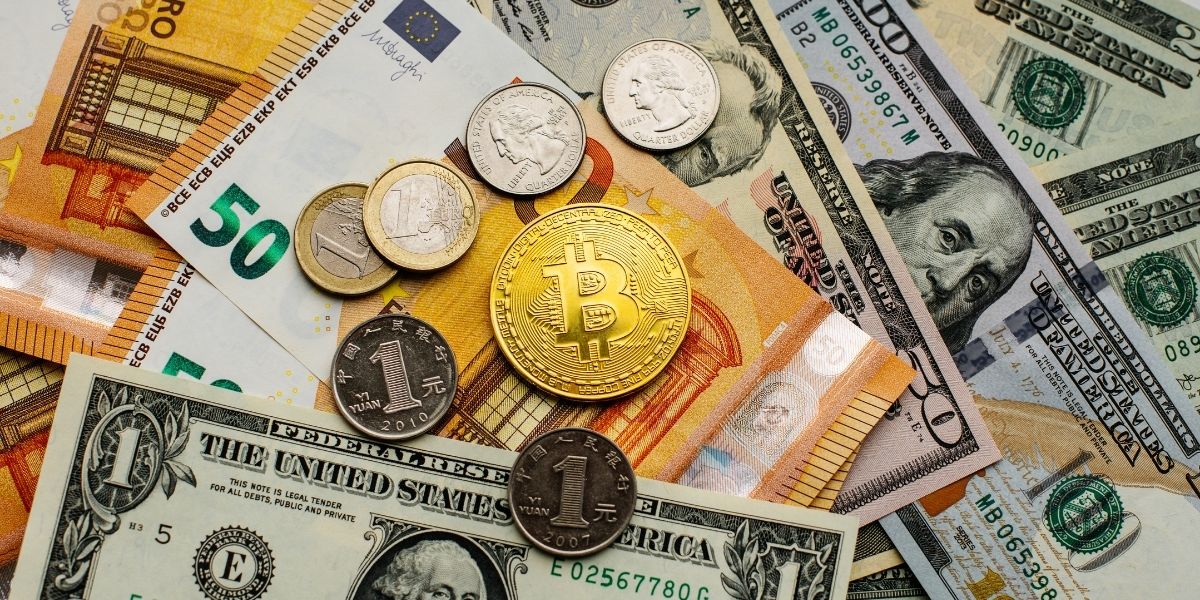As the US dollar tracks its best 5-day performance since February 2023, expectations of sustained high interest rates and volatility in cryptocurrency due to the upcoming halving event on April 20 have put significant selling pressure on Bitcoin during this period. What can be expected for Bitcoin in the coming days? We examine this with analyst comments and notable data.
Macroeconomic Data and Bitcoin
The Kobeissi Letter suggests that the strengthening of the dollar is likely due to expectations of sustainably high interest rates. The Kobeissi Letter shared the following on April 17 via X:
“Less than a month ago, markets were expecting the Fed to start cutting rates in June.”
Higher interest rates typically increase demand for the dollar by encouraging foreign investors to seek higher returns from bonds and time deposits.

The Bloomberg Dollar Spot Index (BBDXY), which tracks the performance of a basket of the top 10 global currencies against the US dollar, showed an approximate 2% increase over the last 5 trading days, marking its largest increase in 14 months.
According to the BBDXY index, the US dollar index score is now at 106.34, up from 105.28 five days ago, indicating it has strengthened against the other nine currencies in the index, including the euro, pound, and Japanese yen. Meanwhile, according to CoinMarketCap data, Bitcoin has fallen 9% over the last five days to $63,936. While there isn’t always a correlation, Bitcoin and the dollar have shown an inverse relationship over the years.
Reuters reported on April 16 that Federal Reserve Chairman Jerome Powell stated that the country’s current inflation rate of 3.5% is not progressing towards the Central Bank’s 2% target, suggesting that reaching this confidence level may take longer than expected.
What’s Happening on the Bitcoin Front?
Meanwhile, trader Justin Spittler, in a post dated April 16, warned that each time the US dollar reaches overbought levels, it is quickly followed by a significant correction. As a more volatile asset, Bitcoin often sees increased demand when the dollar weakens.

Moreover, another factor comes into play with the Bitcoin halving event scheduled for April 20, just three days later; this process reduces the amount of Bitcoin that can be mined per block by 50%. Although this halving event is occurring, according to the dominance chart, crypto investors are now placing more trust in riskier crypto assets compared to the 2020 halving event. Three days before the 2020 halving event, Bitcoin’s dominance was 15% higher than its current level.
At that time, the US dollar was 6% weaker compared to its current strength. According to CoinStats, Bitcoin’s dominance is currently at 52%. Meanwhile, the five-day rise in the US dollar has also led to an 11-point drop in crypto market sentiment since April 10, as tracked by the Crypto Fear and Greed Index.

 Türkçe
Türkçe Español
Español








